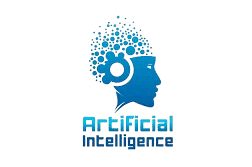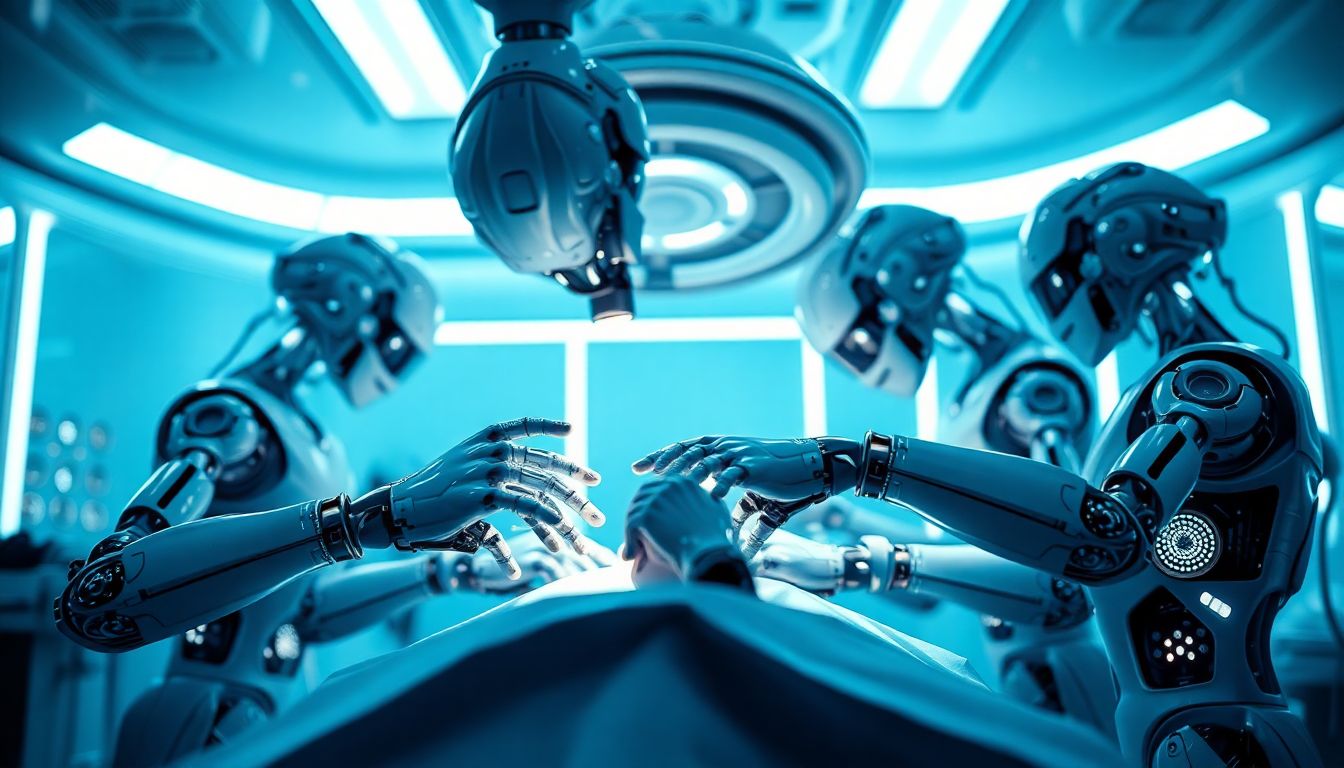Orchestrated by AI capable of smart learning, robots are taking on complex tasks, from performing surgeries to exploring outer space. Advanced AI technology robots are becoming crucial, with the potential to transform numerous industries.
Understanding AI and Robotics
Let’s explore what makes these robots tick by diving into artificial intelligence and robotics.
What is AI?
AI turns machines into intelligent devices, enabling them to solve problems and make decisions. Machine learning allows computers to learn from data, while deep learning involves complex neural networks that help AI understand intricate patterns and tasks.
What is Robotics?
Robotics refers to the engineering of robots, involving mechanical design, sensors for perception, and actuators for movement. These components enable robots to perform a wide range of tasks.
The Intersection of AI and Robotics
AI enhances robots by enabling them to think and adapt to new situations. This makes robots more versatile and useful in various applications.
Applications of AI Technology Robots
AI robots are employed in numerous settings. Here are some real-world examples:
Manufacturing and Automation
Factories are being revolutionized by robots, which speed up production and improve accuracy. For example, Tesla uses robots to manufacture car components, making production more efficient.
Healthcare
Robots assist in surgeries, diagnose diseases, and even care for patients. These advancements have the potential to improve healthcare outcomes for everyone.
Logistics and Supply Chain
Robots are used in warehouses to move products, and drones may soon deliver packages. AI optimizes routes for faster delivery, transforming how goods are shipped.
Dangerous Environments and Exploration
Robots can explore space, dive underwater, and assist in disaster recovery. They venture into places that are unsafe for humans, performing critical tasks.
Advantages and Benefits of AI Robots
There are many reasons to use AI robots. They boost efficiency, increase accuracy, and improve safety.
Enhanced Efficiency and Productivity
Robots can work continuously without breaks, significantly boosting productivity. They enable businesses to achieve more in less time.
Improved Accuracy and Precision
Robots make fewer mistakes and perform tasks with high precision. This reduces waste and ensures consistent quality.
Enhanced Safety in Dangerous Environments
Robots handle risky jobs like bomb disposal and cleaning up hazardous spills, keeping humans out of harm’s way.
Challenges and Limitations
AI robots aren’t perfect. They come with challenges, including economic impacts, ethical concerns, and technical limitations.
Economic Impact and Job Displacement
Robots could replace some jobs, requiring workers to acquire new skills. Retraining programs are essential to help individuals adapt to the changing economy.
Ethical Considerations and Bias
AI can exhibit biases, leading to unfair outcomes. Developing AI responsibly is crucial to ensure fairness and equity.
Technical Limitations
AI struggles in unstructured environments and requires ongoing research to improve its capabilities.
Future Trends in AI Technology Robots
What’s next for AI robots? Let’s explore the future.
Breakthroughs in Robotics and AI
AI is becoming smarter, sensors are improving, and robots are being designed better. These advancements will make robots more powerful and capable.
Integration with Other Technologies
Robots will integrate with technologies like the Internet of Things (IoT) and leverage cloud computing. The rollout of 5G will make them faster and more responsive.
Humans and Robots: The New Dynamic
Humans and robots will collaborate rather than compete. Robots will augment human capabilities, changing the way we work and live.
Conclusion
AI robots offer numerous advantages and are poised to transform multiple industries. They have the potential to change society in profound ways. AI-powered robots are already shaping our world, and their impact will only grow in the future.

